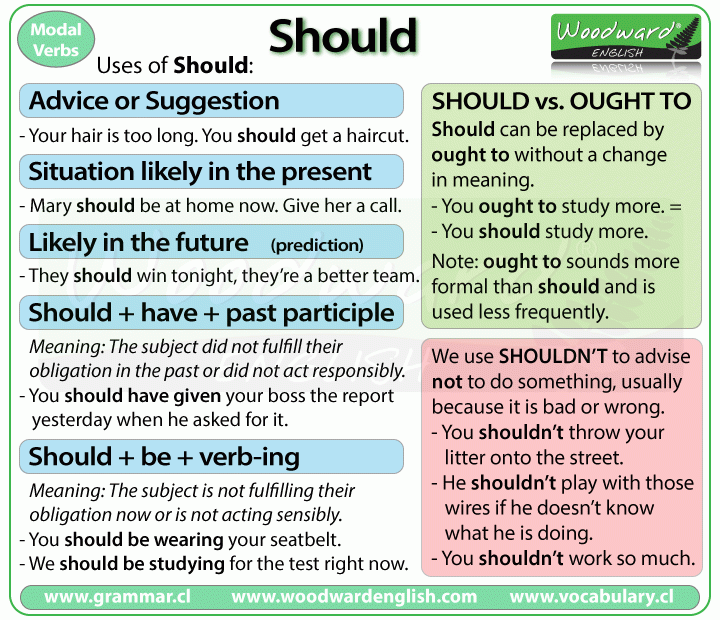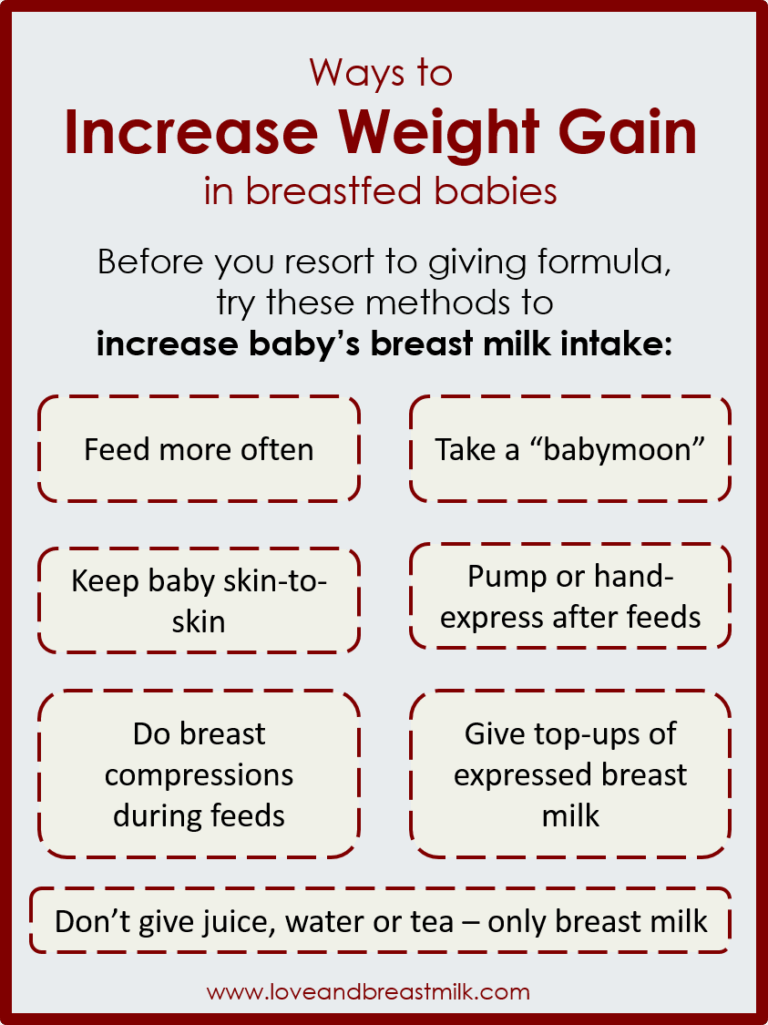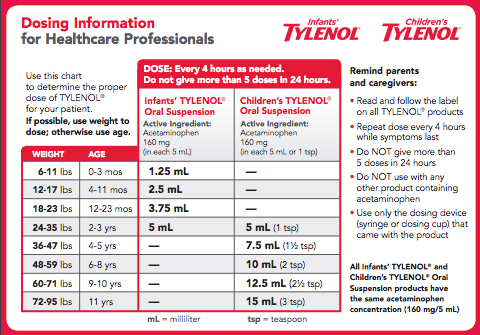When Should A Baby Start Smiling
Smiling is one of the most heartwarming and cherished moments for parents. It signifies the beginning of social interaction and emotional connection with their little one. Many parents eagerly await the first smile from their baby, but when should a baby start smiling? Let’s delve into this adorable milestone and explore the factors that influence it.
Knowledge
As babies grow and develop, they reach certain milestones that indicate their progress in various areas. Smiling is considered one of the earliest social milestones, typically appearing between 6 to 12 weeks of age. However, every baby is unique, and some may start smiling earlier or later than others.
It’s essential to differentiate between different types of smiles that babies exhibit. The first type is the reflex smile, which occurs in the first month of life and is usually a response to physical stimuli like gas or a full belly. The social smile, on the other hand, emerges around 6 weeks when babies start to smile in response to faces and voices.
Several factors can influence when a baby starts smiling. Genetics play a role in determining the developmental pace of infants, so if parents smiled early as babies, their child might follow suit. Additionally, environmental factors such as interaction with caregivers and exposure to positive stimuli can encourage smiling in infants.
Smiling is not just a physical act but also a reflection of the emotional bond between a baby and their caregivers. When babies feel safe, loved, and secure, they are more likely to smile and engage socially. Parents can foster this emotional connection through cuddling, talking, and playing with their little one.
The ability to smile is a crucial social skill that babies develop early on. It helps them communicate their needs, express joy and happiness, and engage with the world around them. Smiling also strengthens the parent-child bond and promotes positive interactions within the family.
Conclusion
When should a baby start smiling? While the timeline may vary from one infant to another, the general consensus is around 6 to 12 weeks of age. Understanding the developmental milestones, types of smiles, and factors influencing smiling can help parents navigate this heartwarming journey with their little one.
In conclusion, the first smile from a baby is a magical moment that brings joy and warmth to parents’ hearts. It marks the beginning of social interaction and emotional connection, laying the foundation for a strong parent-child bond. By nurturing this milestone with love, care, and positive reinforcement, parents can support their baby’s emotional development and create lasting memories.






